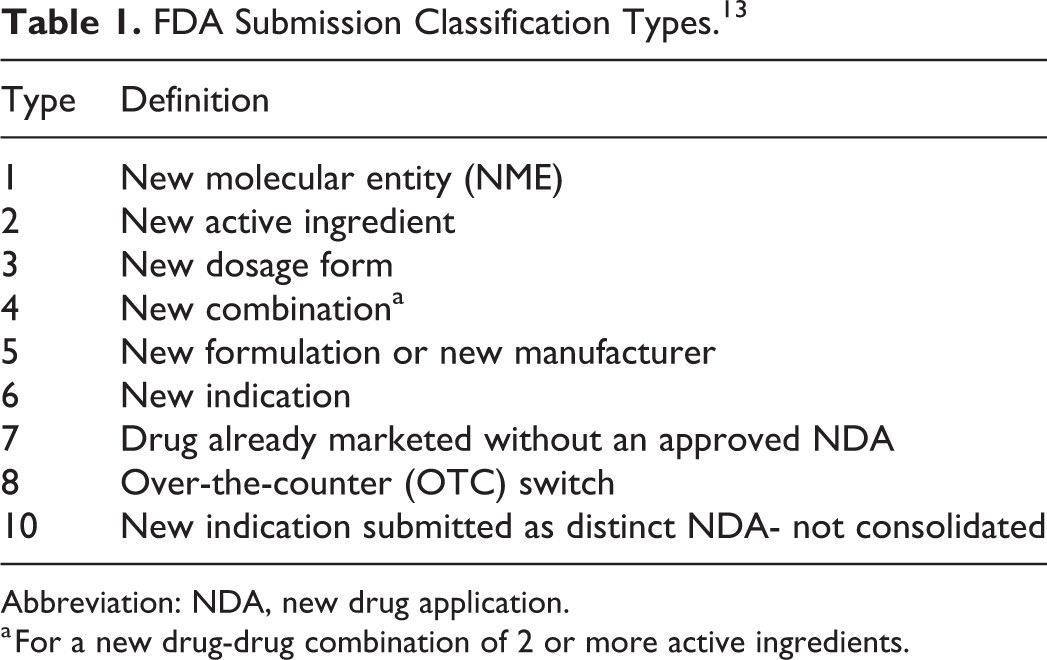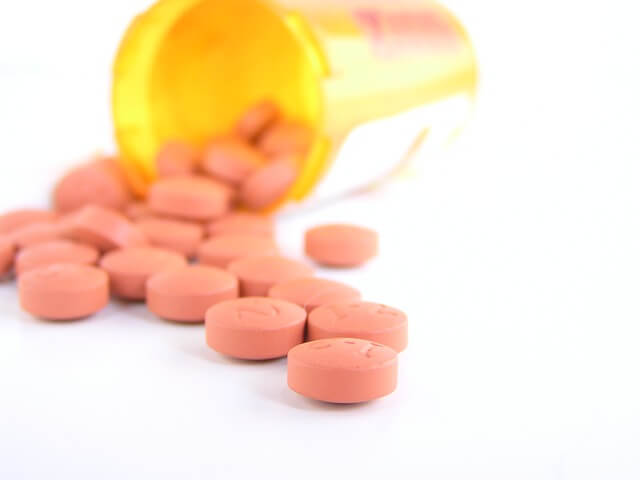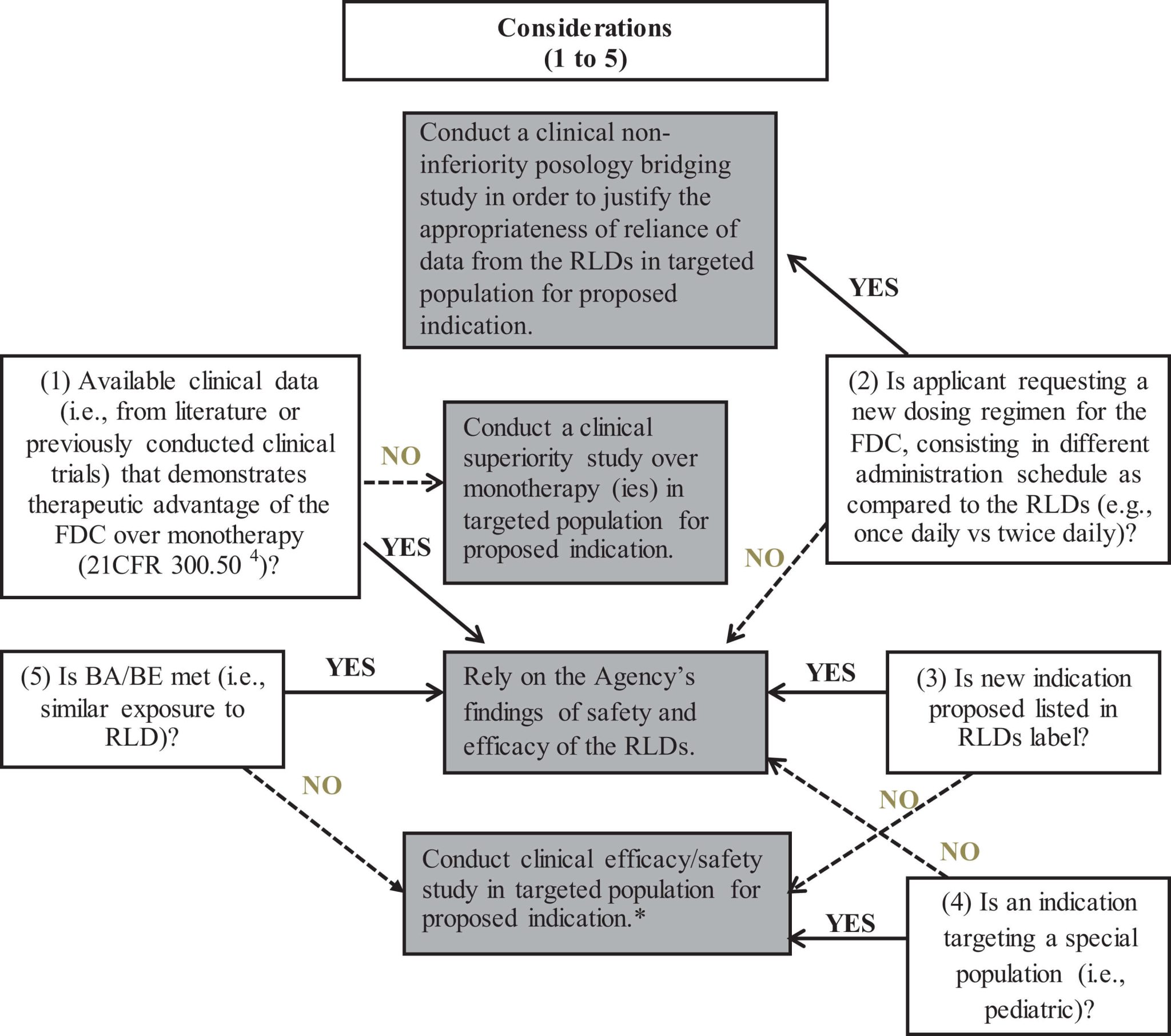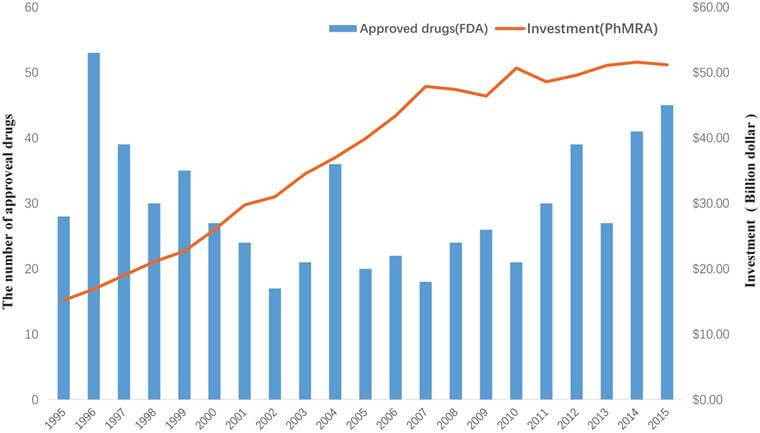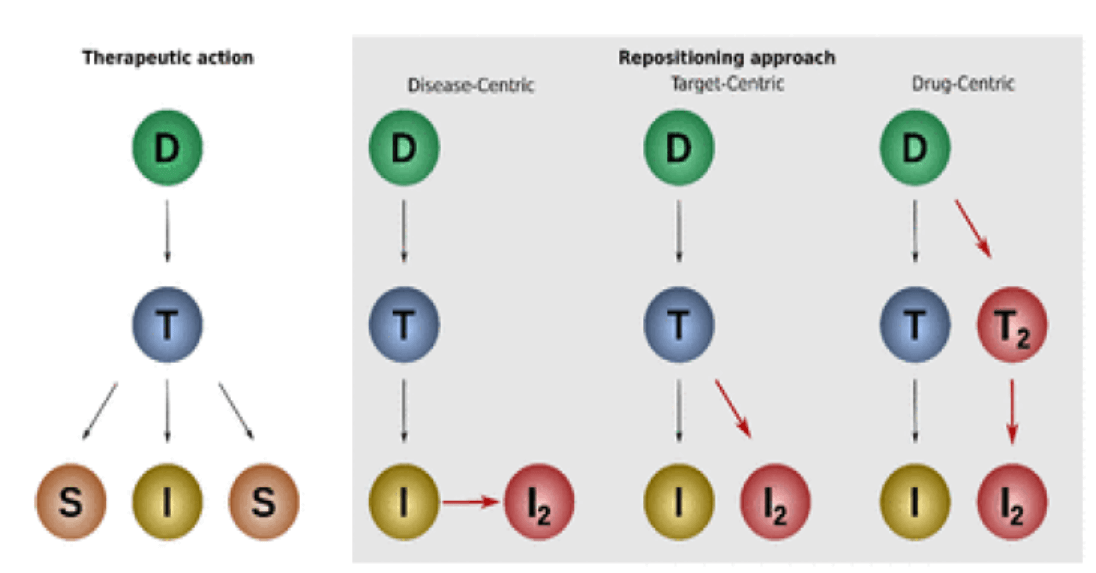
In the ever-evolving landscape of pharmaceutical development, the 505(b)(2) regulatory pathway has emerged as a game-changer for drug manufacturers seeking to bring innovative formulations to market. This article delves into the intricacies of this pathway, exploring its advanced formulation approaches and the challenges that come with it.
Introduction to the 505(b)(2) Regulatory Pathway
Definition and Purpose
The 505(b)(2) pathway is a unique regulatory route for new drug applications (NDAs) in the United States. It allows drug developers to rely on data not developed by the applicant, potentially streamlining the approval process for certain types of drugs.
The 505(b)(2) New Drug Application (NDA) is a streamlined NDA process in which the applicant relies upon one or more investigations conducted by someone other than the applicant and for which the applicant has not obtained right of reference[3].
This pathway serves as a middle ground between the traditional 505(b)(1) NDA and the 505(j) Abbreviated New Drug Application (ANDA) for generics, offering a unique opportunity for innovation in drug development.
Historical Context: Hatch-Waxman Amendments of 1984
The 505(b)(2) pathway was introduced as part of the Hatch-Waxman Amendments of 1984. These amendments aimed to balance the need for continued pharmaceutical innovation with the desire to make more affordable generic drugs available to the public. By allowing developers to leverage existing data, the 505(b)(2) pathway encourages the development of improved versions of existing drugs or new combinations of known active ingredients.
Understanding the 505(b)(2) NDA Process
Comparison with 505(b)(1) and 505(j) Pathways
To fully appreciate the 505(b)(2) pathway, it’s essential to understand how it differs from other regulatory routes:
- 505(b)(1) NDA: This is the traditional pathway for new drugs, requiring full reports of safety and efficacy studies conducted by or for the sponsor.
- 505(j) ANDA: This pathway is used for generic drugs, demonstrating bioequivalence to an already approved drug.
- 505(b)(2) NDA: This hybrid pathway allows for the use of data from studies not conducted by or for the applicant, potentially reducing the time and cost of drug development.
Key Features of 505(b)(2) Applications
505(b)(2) applications are characterized by their flexibility and potential for innovation. They can be used for various types of changes to approved drugs, including:
- New indications
- Changes in dosage form or strength
- New routes of administration
- New combinations of known drugs
- New formulations of existing drugs
This versatility makes the 505(b)(2) pathway an attractive option for many drug developers looking to create value-added products.
Advanced Formulation Approaches in 505(b)(2) Applications
The 505(b)(2) pathway opens up numerous possibilities for advanced formulation approaches. Let’s explore some of the most common and innovative strategies:
Modified Release Formulations
Modified release formulations are a popular choice for 505(b)(2) applications. These formulations can improve patient compliance by reducing dosing frequency or enhancing the therapeutic effect by maintaining consistent drug levels in the body.
For example, a drug that was originally approved as an immediate-release tablet taken three times daily might be reformulated as an extended-release capsule taken once daily. This not only improves patient convenience but can also lead to better treatment outcomes.
Combination Products
The 505(b)(2) pathway is particularly well-suited for developing combination products. These can include:
- Fixed-dose combinations of two or more approved drugs
- Drug-device combinations
- Drug-biologic combinations
By combining known entities in new ways, developers can create products that offer improved efficacy, reduced side effects, or enhanced convenience for patients.
Novel Drug Delivery Systems
Innovative drug delivery systems are another area where the 505(b)(2) pathway shines. These can include:
- Transdermal patches
- Inhalation devices
- Implantable drug-eluting devices
- Nanoparticle-based formulations
These novel delivery systems can improve drug absorption, reduce side effects, or allow for targeted delivery to specific tissues or organs.
Benefits of the 505(b)(2) Pathway
The 505(b)(2) pathway offers several significant advantages to drug developers:
Time and Cost Efficiency
By leveraging existing data, developers can potentially reduce the time and cost associated with bringing a new drug to market. This is particularly beneficial for small to medium-sized pharmaceutical companies that may not have the resources for full-scale clinical trials.
Market Exclusivity Opportunities
Products approved through the 505(b)(2) pathway may be eligible for various forms of market exclusivity, including:
- 3 years of exclusivity for a new indication or formulation
- 5 years of exclusivity for a new chemical entity
- 7 years of exclusivity for orphan drugs
This exclusivity can provide a significant competitive advantage in the marketplace.
Reduced Clinical Trial Requirements
Depending on the nature of the application, the FDA may allow the use of existing clinical data to support safety and efficacy claims. This can significantly reduce the need for extensive new clinical trials, accelerating the development process.
Challenges in Utilizing the 505(b)(2) Pathway
While the 505(b)(2) pathway offers many benefits, it also comes with its own set of challenges:
Regulatory Complexities
Navigating the 505(b)(2) pathway requires a deep understanding of FDA regulations and guidance. The process of determining which studies can be referenced and which new studies are required can be complex and may require extensive consultation with regulatory experts.
Patent and Exclusivity Issues
505(b)(2) applications must navigate a complex landscape of patents and exclusivity periods. Developers must carefully consider existing patents and exclusivity rights to avoid potential legal challenges.
Scientific and Technical Hurdles
While the 505(b)(2) pathway allows for the use of existing data, it often still requires significant scientific and technical expertise to develop a successful application. This may include conducting bridging studies to demonstrate the relevance of existing data to the new product or developing new analytical methods to characterize novel formulations.
Case Studies: Successful 505(b)(2) Approvals
Several notable drugs have been approved through the 505(b)(2) pathway, demonstrating its potential for innovation:
- Bendeka™ (bendamustine hydrochloride) by Eagle Pharma: A reformulation of a chemotherapy drug with improved administration time.
- Zuplenz® (ondansetron) by Strativa: An oral soluble film formulation of an anti-nausea medication.
- Avycaz® (ceftazidime-avibactam) by Allergan: A combination antibiotic product for treating complicated infections[3].
These examples showcase the diverse applications of the 505(b)(2) pathway, from reformulations to combination products.
Future Trends and Opportunities in 505(b)(2) Development
The 505(b)(2) pathway continues to evolve, with several trends shaping its future:
- Increased focus on personalized medicine: The pathway may be used to develop tailored formulations for specific patient populations.
- Advancements in drug delivery technology: As new delivery technologies emerge, the 505(b)(2) pathway provides a route for their rapid implementation.
- Growing interest in repurposing existing drugs: The pathway offers an efficient route for exploring new indications or formulations of well-characterized drugs.
- Expansion of digital health technologies: The integration of drugs with digital health tools may lead to innovative combination products approved through 505(b)(2).
Conclusion
The 505(b)(2) regulatory pathway represents a powerful tool for pharmaceutical innovation, offering a balance between the traditional NDA and generic ANDA routes. By allowing developers to leverage existing data, it opens up opportunities for advanced formulation approaches and the creation of value-added products.
While challenges exist in navigating the regulatory complexities and scientific hurdles, the potential benefits in terms of time and cost savings, market exclusivity, and reduced clinical trial requirements make the 505(b)(2) pathway an attractive option for many drug developers.
As the pharmaceutical landscape continues to evolve, the 505(b)(2) pathway is likely to play an increasingly important role in bringing innovative drug products to market, ultimately benefiting patients through improved treatments and enhanced therapeutic options.
FAQs
- What types of products are best suited for the 505(b)(2) pathway?
Products that build upon previously approved drugs, such as new formulations, new combinations, or new indications for existing active ingredients, are well-suited for the 505(b)(2) pathway. - How long does the 505(b)(2) approval process typically take?
The approval process can vary widely depending on the complexity of the application, but it generally takes less time than a traditional 505(b)(1) NDA. Some 505(b)(2) applications may be approved in as little as 6-10 months. - Can biologics be approved through the 505(b)(2) pathway?
No, biologics are not eligible for the 505(b)(2) pathway. They must be approved through the Biologics License Application (BLA) process. - How does the exclusivity period for 505(b)(2) products compare to other approval pathways?
505(b)(2) products may be eligible for 3-5 years of market exclusivity, depending on the nature of the innovation. This is generally less than the 5 years granted to new chemical entities under 505(b)(1), but more than the 180 days often granted to first generic approvals under 505(j). - Are there any restrictions on referencing data in a 505(b)(2) application?
While the 505(b)(2) pathway allows for referencing existing data, applicants must have a legal right to use the data or demonstrate that the use falls under public domain. Additionally, the relevance of the referenced data to the new product must be scientifically justified. - https://www.allucent.com/resources/blog/what-505b2
- https://www.fda.gov/regulatory-information/search-fda-guidance-documents/applications-covered-section-505b2
- https://www.pharmacytimes.com/view/505-b2-regulatory-pathway-for-new-drug-approvals-
- https://premierconsulting.com/resources/what-is-505b2/
Citations:
[1] https://www.fda.gov/media/156350/download
[2] https://www.fda.gov/regulatory-information/search-fda-guidance-documents/applications-covered-section-505b2
[3] https://www.allucent.com/resources/blog/what-505b2
[4] https://www.pharmacytimes.com/view/505-b2-regulatory-pathway-for-new-drug-approvals-
[5] https://premierconsulting.com/resources/what-is-505b2/
